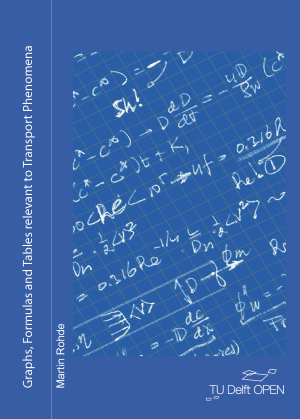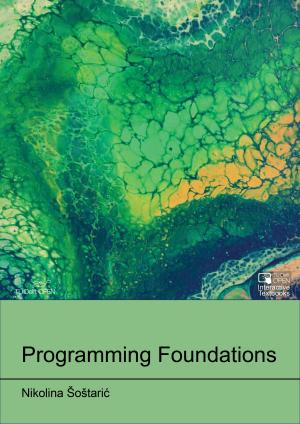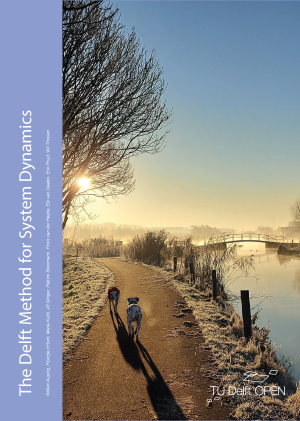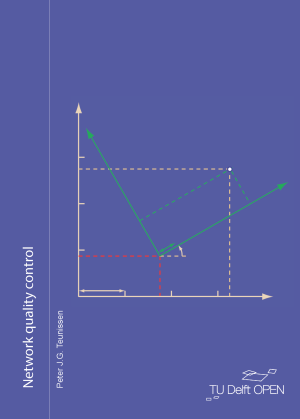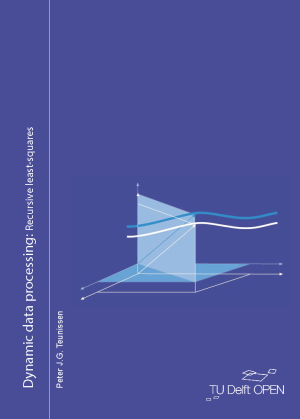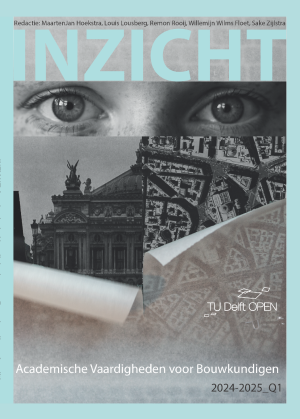TU Delft Open Textbooks is a platform that contains freely accessible textbooks produced by TU Delft teachers and used in bachelor, master, and online courses at TU Delft. Our catalog contains textbooks in two different formats: open textbooks in PDF or interactive open textbooks. You can find our latest publications below or check out our Open Textbook catalog and our Open Interactive Textbook catalog. The publication processes for a PDF open textbook or an interactive open textbook are different from each other. If you are interested in publishing your own TU Delft Open Textbook, you can learn about the publishing processes on our Information page, or you can contact the open publishing team through our contact page.
New Releases




